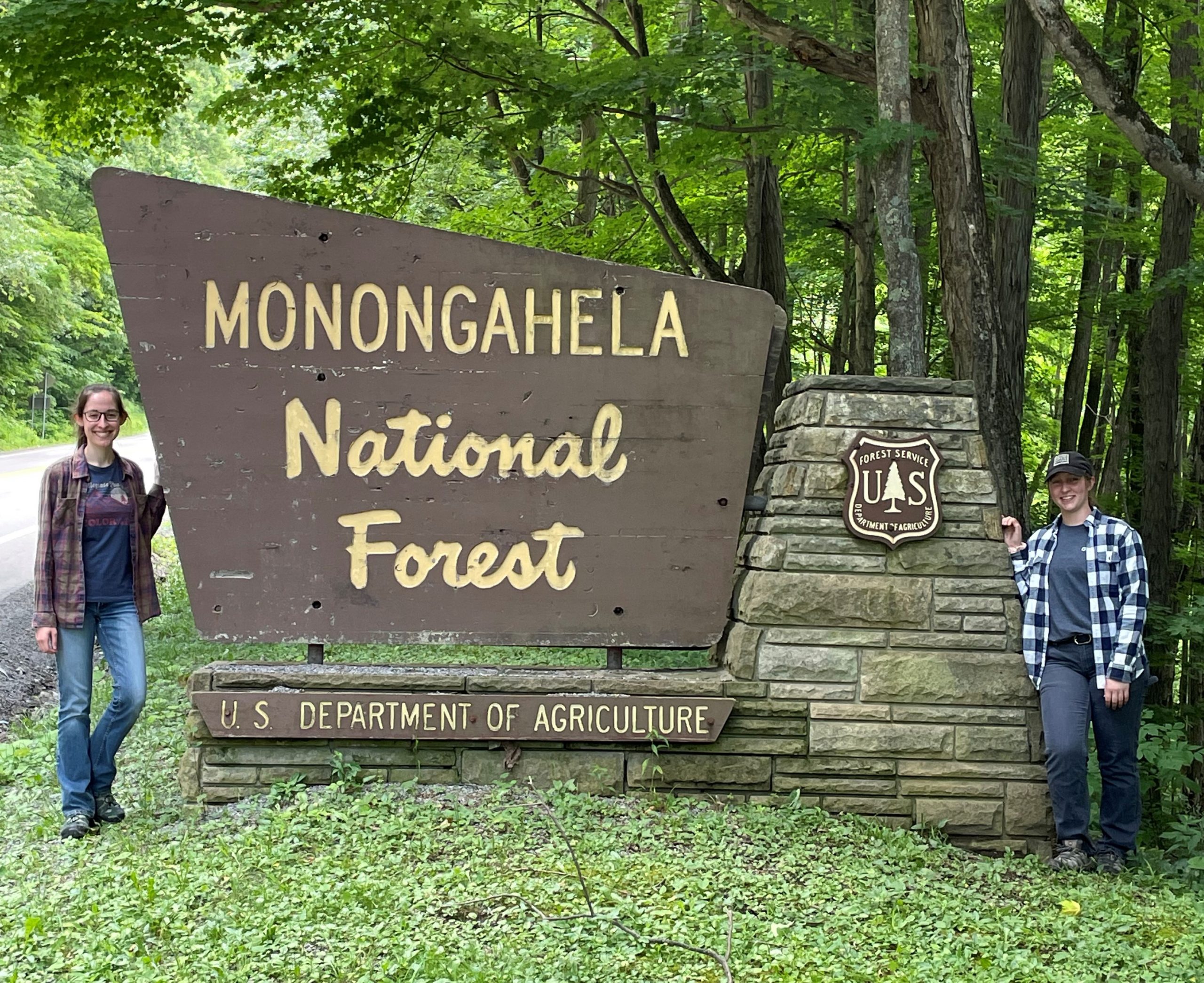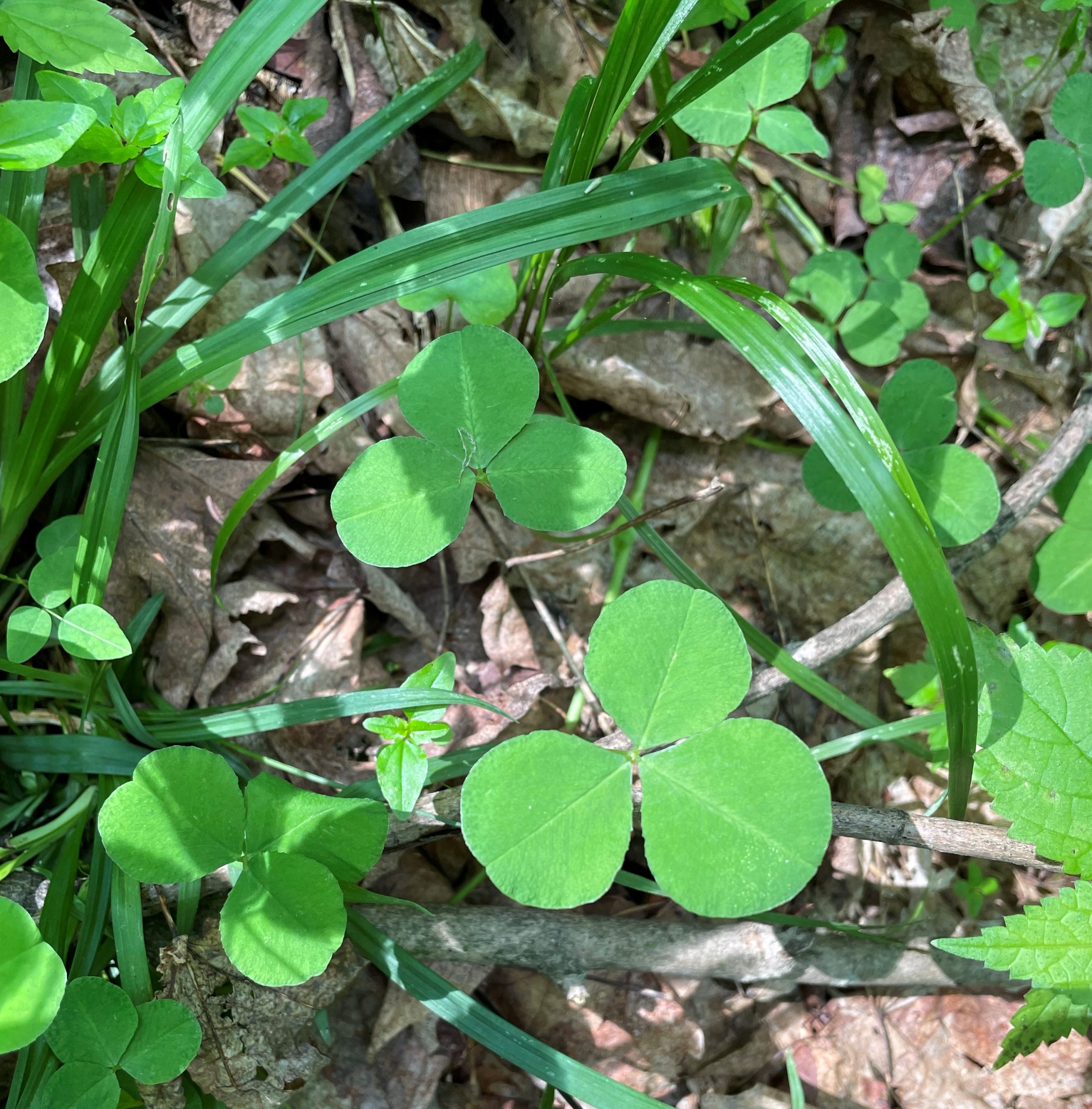
These last few weeks since my last blog post have been jam-packed with projects and rewardingly hard work. Megan and I managed to pass our exams and successfully become certified herbicide applicators! We have spent enough time pulling Garlic Mustard that I see it every time I close my eyes. Now anytime Megan and I go hiking, I constantly get distracted and stop to yank up the sporadic garlic mustard patches we come across.
Outside of our adventures with invasive species, we have also had the opportunity to assist Ruben Sabella, a master’s student from West Virginia University, with his research on the Running Buffalo Clover’s habitat and population ecology. Running Buffalo Clover (Trifolium stoloniferum) was thought to be extinct until 1983 when it was found by Rodney Bartgis in West Virginia’s Nature Conservancy. Through the work of many researchers and conservationists, it is now common enough that the Fish and Wildlife Service is considering removing it from the list of endangered species. Ruben’s research will hopefully add to the evidence needed to cross this milestone.
The main threat to Running Buffalo Clover (RBC) because of its specific habitat needs. RBC needs periodic disturbance in order to thrive – hence its name which refers both to the stolons or “runners” of RBC and the fact that it grew predominantly in buffalo grazing grounds. Using this knowledge, the Forest Service initiated a contract with timber companies to harvest specific sites, giving RBC the disturbance that it needs. Our job was to visit all of the harvested sites in search of RBC populations. We started with 100 flags to mark each population, expecting not to need nearly that many and ultimately running out before we had completed our surveys. It was a pleasant surprise.
RBC looks very similar to common white clover, with only a few distinguishing traits. The main identifying trait is the stolons that connect the individual plants of the colonies, but the easiest way to distinguish them is by looking at their base. RBC’s base fans out with little leaflets while all other clovers have thin and wiry bases.

Running Buffalo Clover leaves. 
The fanned base of Running Buffalo Clover
Now that we have located all of the RBC populations, we will go back and count the individual plants of each colony. Then Ruben can begin analyzing the growth patterns and habitat preferences for his thesis. I have really enjoyed being a part of this project and am looking forward to seeing the results of the research!
